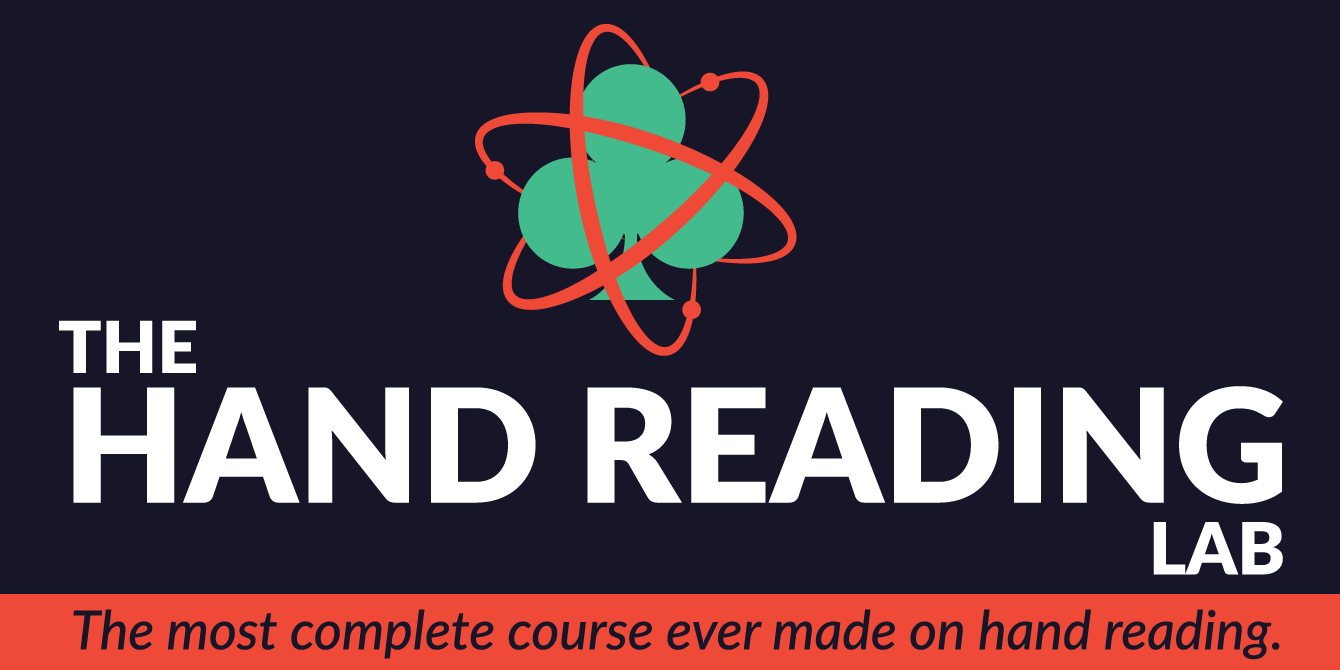Hand reading is a powerful skill that all poker players need. The ability to put your opponent on a correct range of hands gives you a massive leg-up on your competition. By putting someone on a correct range you are able to value bet thinner, bluff better, and ultimately make a ton of profitable decisions. So improving your skillset is vital for winning extra pots.
Before you get into doing hardcore range analysis and density breakdowns of specific ranges, it’s good to wrap your head around the fundamental concepts. Which brings us to the 3 laws of hand reading. If you keep these laws in mind the next time you build a range, you’ll be on the right track towards pinpointing your opponent on a precise range that you can then exploit!
Hand Ranges Are Linear
The first law is the law of linear. This states that ranges start from preflop and as information/action happens, that ranges contorts from street-to-street/action-to-action. One major element to the law is that a range can narrow or stay the same width from street-to-street…but it can never expand.



This makes sense though. If a player wouldn’t open-raise from UTG with 94s, it’s impossible for them to have it on the turn. But so many players overlook this and treat a range like a bag that they throw random worst-case scenario hands into. Just because 85 is the nuts on a 764-K board doesn’t mean your opponent has it if they wouldn’t play 85 preflop!
So remember…ranges can never expand, and ranges start from the beginning. Be linear and go from street to street when hand reading…and always make sure to think about the hands villain would enter the pot with.
Players Use Logic When Creating A Range
Ranges are logical. When a thinking player chooses a range of hands to play they use logic. They consider things like stack depth, position, who’s left to act, etc. They decide which hands make sense to continue with against a CB and which hands are worth a value bet on the end. Which means that when you’ve dialed into their logic, you’re able to hand read them VERY well.
Now spewy players are more difficult to hand reading…but they also use logic. Their logic is just different than ours since they let things like ego and “what’s my favorite hand” cloud their reasoning. But at the end of the day, our goal is still to dial into their logic and attempt to figure out which hands they would play in a given situation.
Their logic is just different than ours…
Also remember that thinking players use logical ranges preflop which makes it much easier to narrow their ranges down as we adhere to the first law (linear) and hand read on each street. Even good loose aggressive players use logic, so while their ranges can be quite wide, they are wide due to strategic gaps within their opponent’s game. Here are some quick examples:
- It’s not logical that a good player flopped two pair on A62 after they raised from UTG
- It’s not logical that after a raise + 5 callers a good player would call from the BB with AA.
- It’s not logical that a good player would call a large 3bet OOP with 96o. But if it does happen, we adhere by the final law…
You Learn & You Adjust
Want to know a secret? You are going to be MASSIVELY wrong when hand reading. Yup. It’s true. You are going to assign a range for your opponent, you’re going to make a good play according to the range you assigned, and then villain is going to show up with a totally random hand that you never would have normally given him.
But don’t beat yourself up. Rather, learn from the new information you received (since villain tabled their hand at showdown) and adjust your hand reading for that person in the future. So if a player ended up calling a preflop raise with K7s, remember that and make sure to assign hands as weak as K7s in their range the next time they call your open.
If you keep these three laws in mind; the laws of linear, logical, and learning, it creates a solid framework for putting players on the right ranges. Without a great framework you are left guessing when hand reading…when the real goal is to be methodical and precise. For a complete course on hand reading, check out The Hand Reading Lab, which expands on theory like this and also gives you the practical skills to put players on the right ranges at the right times. Stop guessing what they have…and starting KNOWING what they have!


I registered but not getting the ‘professional poker plays’ book.. thanks
Once you enter your email address you should receive all lessons via email (about one email/day). If that’s not working, could you try registering here? https://redchippoker.com/plays
nice article 🙂
I have some issues with the statement “Hand ranges are linear”.
First of all, this is easily confused as saying “hand ranges are depolarized” which is of course not what is meant.
Second, linearity is not a synonym for not getting bigger. A range can for example get smaller in a non-linear way. If anything (not ranges, but generally speaking) can also get bigger, it is not necessarily non-linear either.
Cheers
Yeah, that’s fair. I guess we need some term like “monotonically decreasing” or something? Hopefully the figures and context make it clear what is meant.